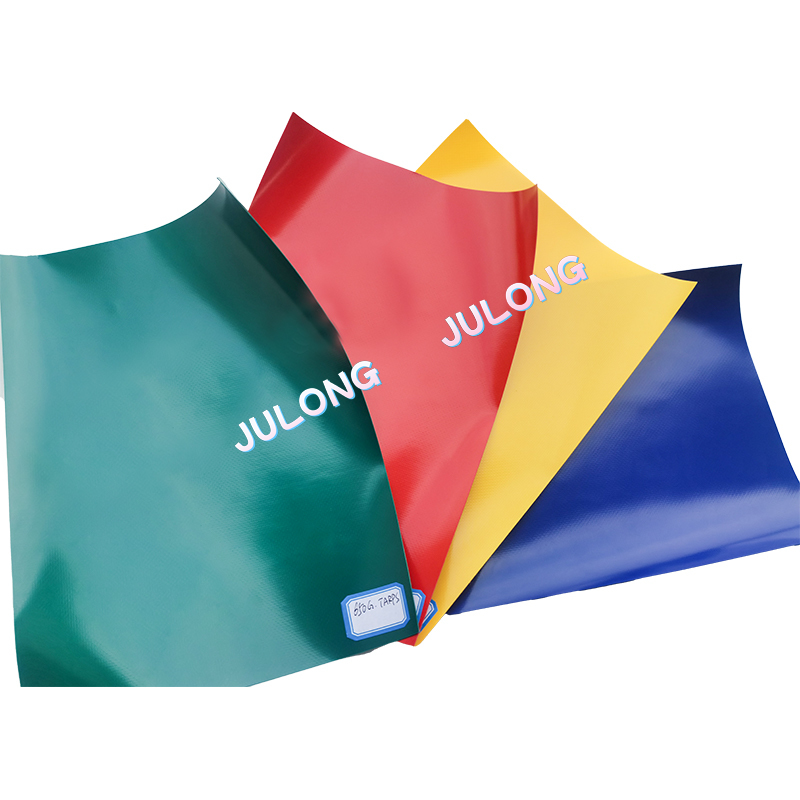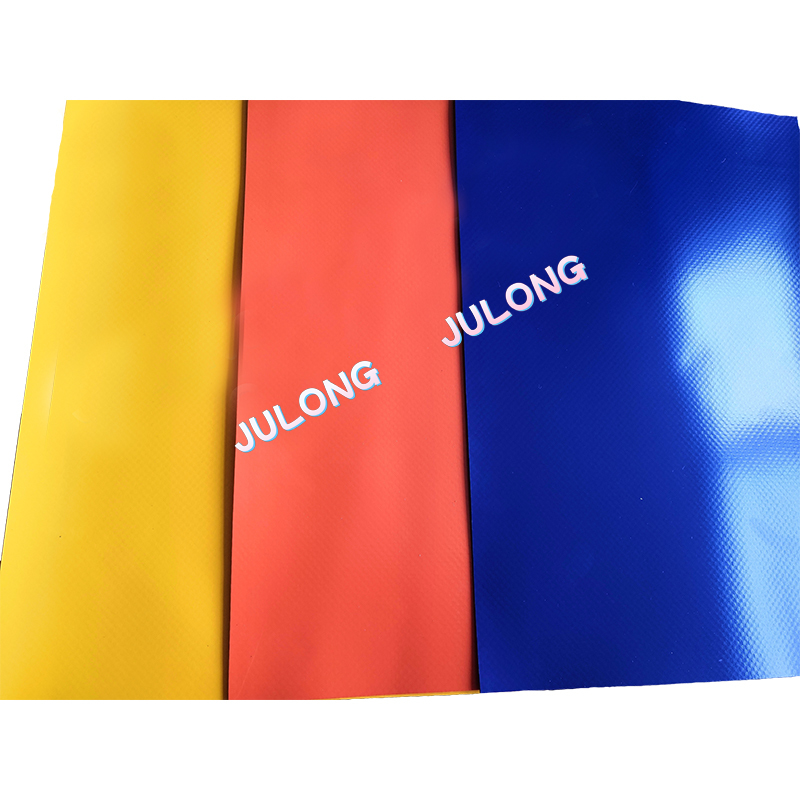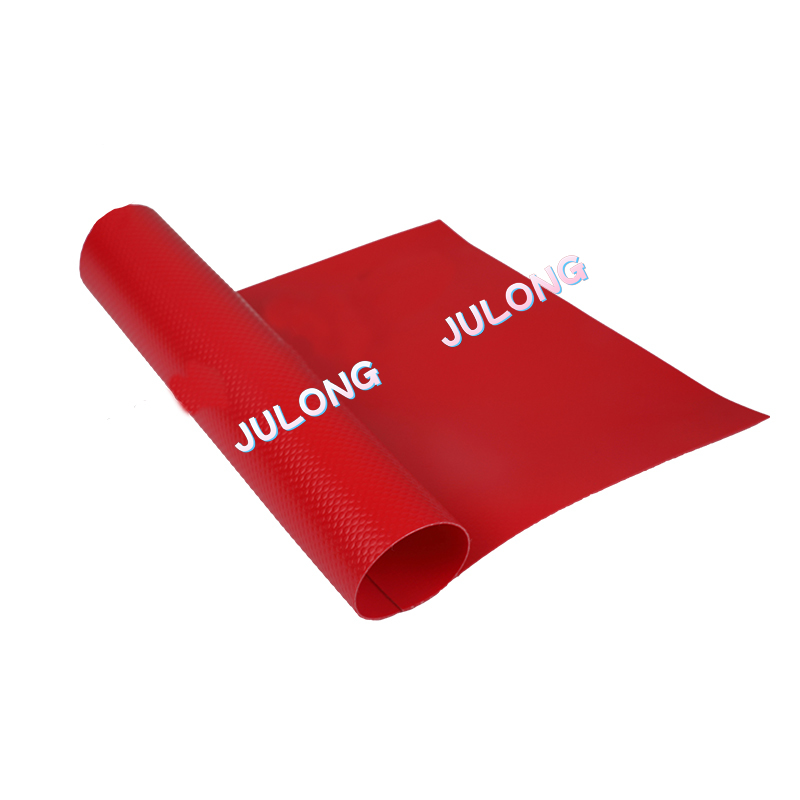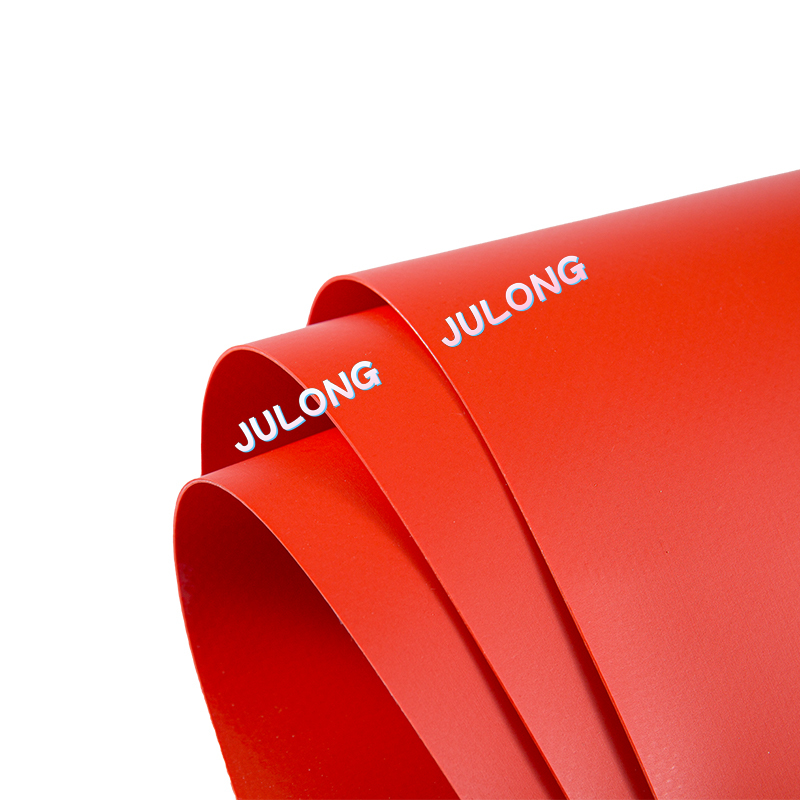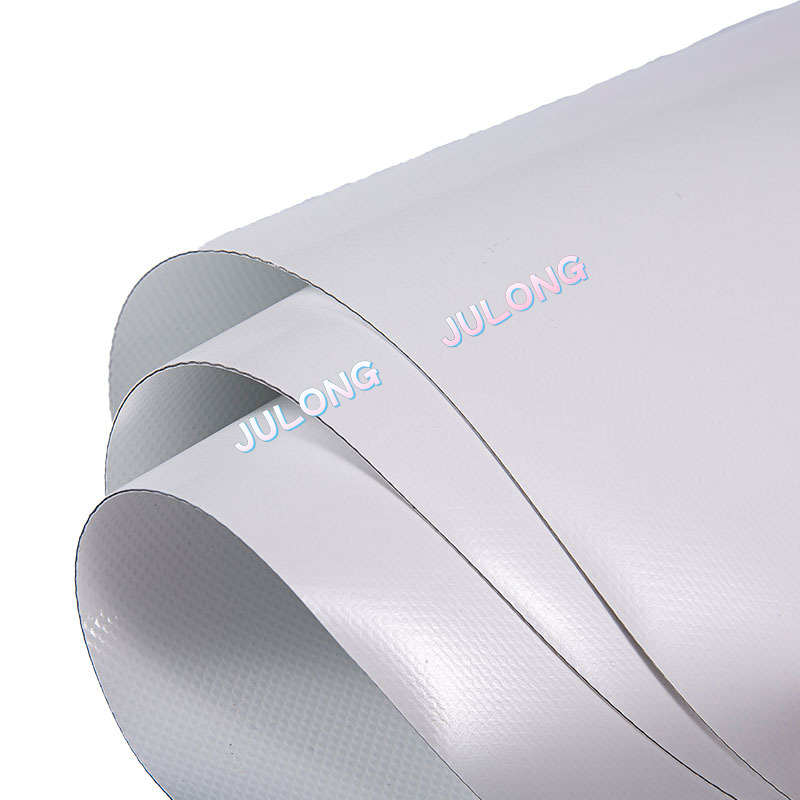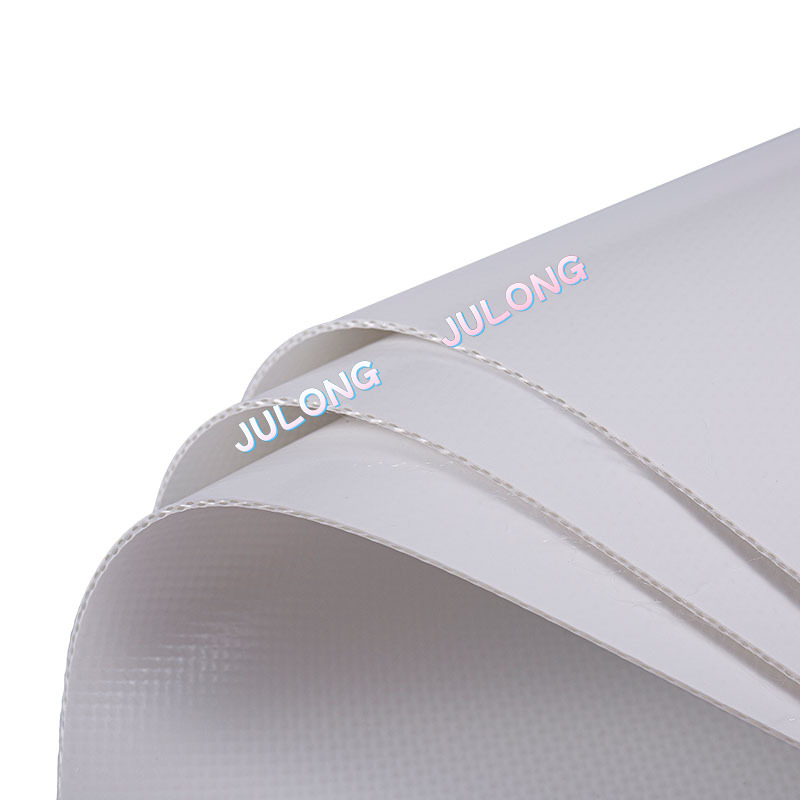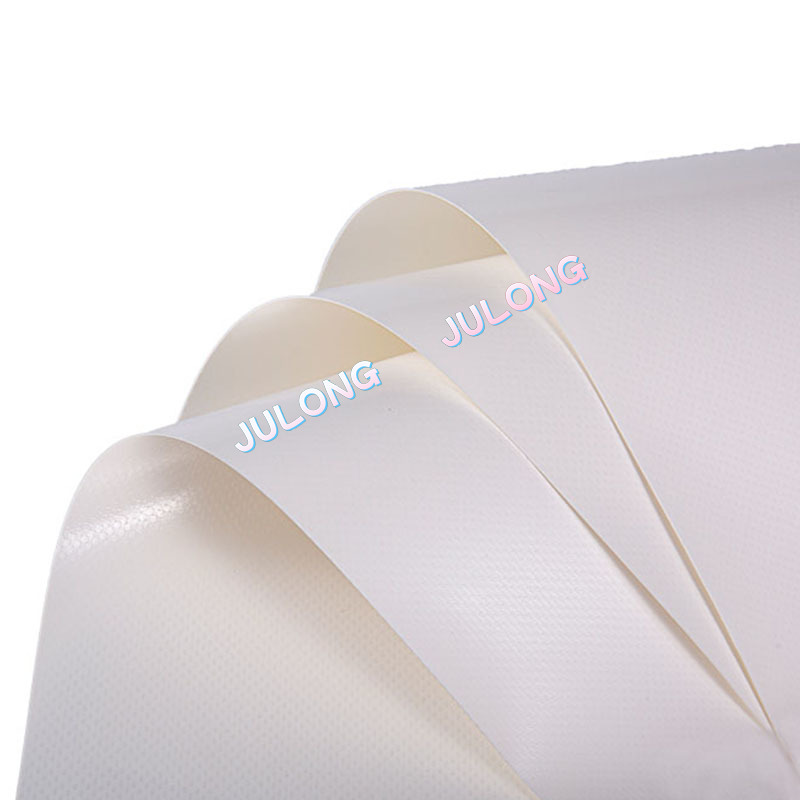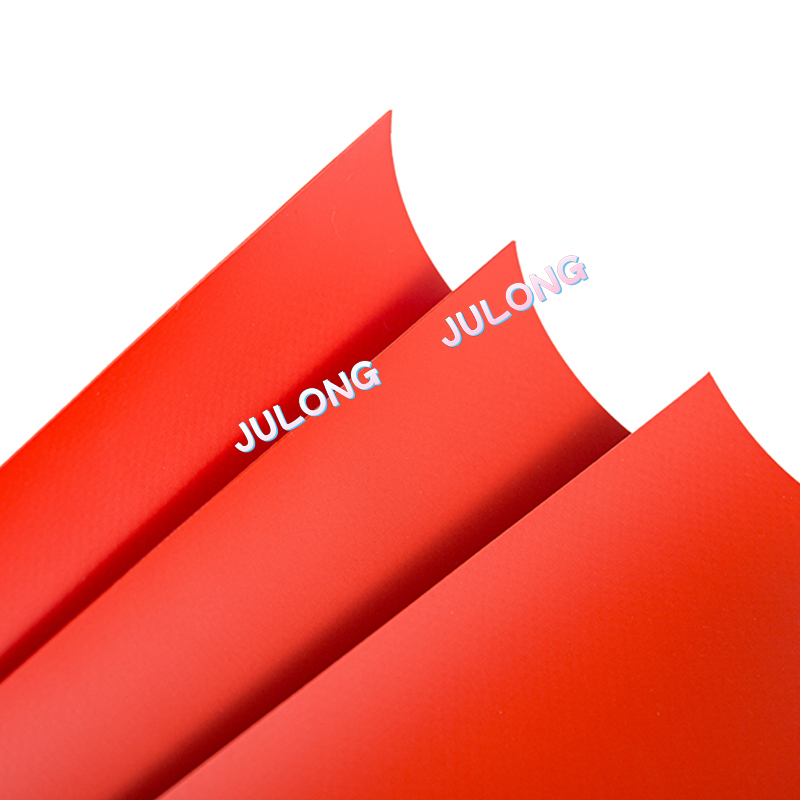The airtightness of PVC-coated polyester fabric is achieved through a combination of material selection, coating techniques, and manufacturing processes. Here are key factors that contribute to achieving airtightness in this type of fabric:
Material Selection:
Polyester Base Fabric: The choice of polyester as the base fabric provides a durable and flexible foundation. Polyester is known for its strength and resistance to stretching, contributing to the fabric's ability to maintain airtightness.
PVC Coating: The polyester fabric is coated with polyvinyl chloride (PVC), a thermoplastic polymer. PVC is known for its impermeability and ability to create a barrier against air and moisture.
Coating Thickness:
The thickness of the PVC coating is a critical factor in achieving airtightness. A thicker coating generally provides better impermeability. However, the specific thickness can vary based on the intended application and performance requirements.
Coating Techniques:
Calendering: PVC coating is often applied using a calendering process, where the fabric passes through heated rollers that evenly apply the PVC. This process helps ensure uniform coating thickness and airtightness.
Extrusion Coating: In some cases, an extrusion coating process may be used. This involves applying molten PVC directly onto the fabric surface, creating a seamless and airtight layer.
Seam Sealing:
Achieving overall airtightness requires attention to seam sealing. Specialized techniques, such as heat welding or high-frequency welding, are often employed to create strong and airtight seams. The seams are critical areas where potential air leakage could occur if not properly sealed.
Testing and Standards:
Airtightness is often measured and validated through standardized testing methods. Fabric manufacturers may conduct tests in accordance with industry standards, such as ASTM (American Society for Testing and Materials) or ISO (International Organization for Standardization), to quantify and ensure the airtight performance of the fabric.
End-Use Considerations:
The intended application of the fabric influences the level of airtightness required. For example, fabrics used in inflatable structures, air-supported structures, or airtight containment applications may need higher levels of airtightness compared to fabrics used in other applications.
The level of airtightness that can be expected from PVC-coated polyester fabric depends on various factors, including the specific product design, the thickness of the coating, the quality of seam sealing, and the manufacturing standards adhered to. Fabric manufacturers may provide specifications or performance data indicating the airtightness properties of their products.



 English
English عربى
عربى